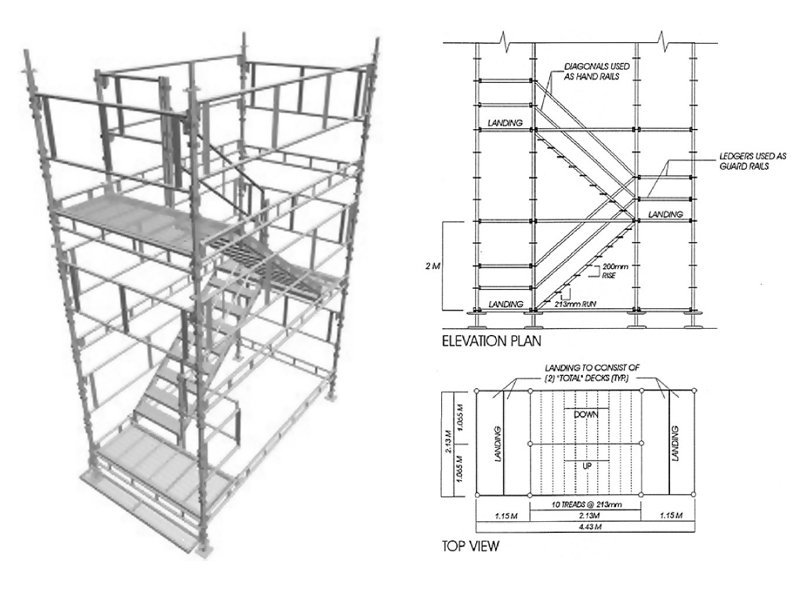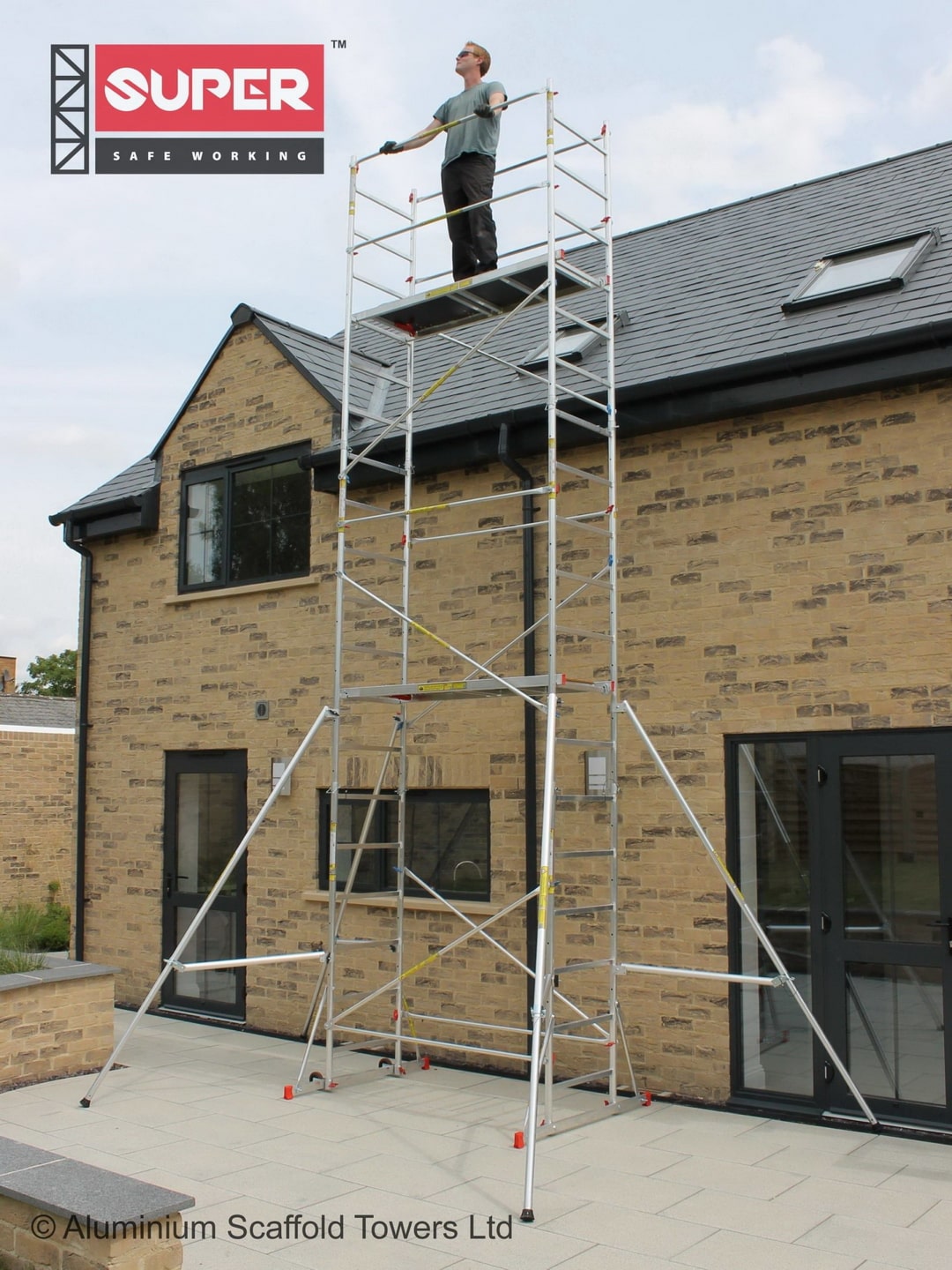Eco-Friendly Scaffolding Solutions: Building Sustainably
Eco-friendly scaffolding options are vital for sustainable building, reducing ecological effect. By accepting green innovation and cutting-edge products, these choices drive eco-conscious techniques forward. The advantages include cost financial savings, lower carbon impacts, and lining up with global sustainability goals. With improvements like bamboo and recycled steel, the building and construction sector advances in the direction of a greener future. Applying energy-efficient styles and renewable energies even more enhance sustainability. Discover exactly how eco scaffolding not just profits the setting however also enhances lasting price performance and market practices.
Significance of Eco-Friendly Scaffolding
The importance of green scaffolding in building jobs can not be overstated. Lasting scaffolding methods play an important duty in decreasing waste and decreasing the carbon impact related to construction tasks. By selecting eco-friendly scaffolding services, building companies can proactively add to ecological conservation and sustainability initiatives.
Standard scaffolding methods usually lead to considerable material waste, bring about environmental injury. Environment-friendly scaffolding, on the other hand, concentrates on lowering waste with reliable preparation, product selection, and usage. This method not only lessens the negative impact on the atmosphere yet also advertises an extra affordable and sustainable building and construction process.
Moreover, eco-friendly scaffolding assists in lowering the carbon footprint of construction tasks. By using eco-friendly products, carrying out energy-efficient methods, and minimizing total waste generation, building websites can dramatically decrease their environmental influence. Embracing sustainable scaffolding services is not only a liable option but additionally a strategic one for firms aiming to line up with worldwide sustainability objectives.
Benefits of Lasting Scaffolding
Selecting sustainable scaffolding methods not only reduces ecological harm yet additionally brings about a host of advantages for building tasks. One significant advantage is cost financial savings. By utilizing sustainable scaffolding materials and practices, building and construction business can lower costs associated with traditional scaffolding systems. For instance, materials like bamboo and recycled steel are not only eco-friendly yet likewise economical choices to standard scaffolding materials.
Moreover, sustainable scaffolding contributes to reducing the environmental influence of building jobs. Conventional scaffolding typically entails making use of non-biodegradable products and high energy usage during making procedures. On the other hand, sustainable scaffolding options prioritize environmentally friendly products and energy-efficient production methods, reducing the total carbon impact of building tasks.
Product Technologies in Scaffolding
Discovering sustainable scaffold products and green building and construction options can result in significant innovations in the scaffolding sector. https://balhamscaffolding.co.uk
Ingenious materials supply the prospective to decrease environmental effect while keeping structural honesty and security standards.
Accepting these product advancements is essential for promoting sustainability in building and construction methods.
Sustainable Scaffold Products
Cutting-edge innovations in scaffold products have reinvented the building and construction market's strategy to sustainability. Bamboo scaffolding, known for its strength and eco-friendly properties, has obtained appeal as a lasting option to traditional materials. Bamboo is a fast-growing plant that is easily offered and sustainable, making it an environmentally mindful choice for scaffolding requirements.

In addition, using recycled steel frameworks in scaffolding supplies an option that reduces the ecological influence of construction jobs. By repurposing steel into scaffolding parts, the building market can lower its carbon footprint and contribute to a much more lasting future.
These lasting scaffold products not just supply structural stability but additionally line up with the expanding demand for environment-friendly construction techniques.
Eco-Friendly Building And Construction Options
Structure upon the structure of sustainable scaffold products, the expedition of environment-friendly building and construction options in scaffolding remains to drive innovation in the direction of environmentally conscious building methods. Environment-friendly building efforts are progressively forming the building market, resulting in the development of scaffolding products that align with environmentally friendly strategies.
Makers are now concentrating on producing scaffolding solutions that are not only strong and durable yet likewise lasting and environmentally friendly. Bamboo, recycled steel, and light weight aluminum are emerging as preferred options in eco-friendly scaffolding building, supplying stamina and stability while minimizing the ecological influence.
Energy-Efficient Scaffold Designs
Energy-efficient scaffold layouts intend to reduce energy intake and reduce environmental effect during construction projects. By incorporating sustainable source of power and green modern technology, these styles contribute to lasting structure practices.
One instance of energy-efficient scaffold layout is the assimilation of solar panels right into the scaffold structure. These panels harness sunlight to generate electrical energy, decreasing the dependence on conventional power sources. In addition, energy-efficient LED lighting systems can be mounted on scaffolds to minimize energy consumption during evening work, boosting both safety and sustainability.
Furthermore, the use of lightweight and long lasting products in scaffold construction not only reduces energy needs for transport and setting up but also minimizes environmental waste. Creating scaffolds with flexible components that can be easily dismantled and recycled on numerous jobs promotes a round economy method, reducing the general carbon impact of construction tasks.
Lasting Practices in Scaffolding
Sustainable practices in scaffolding include vital aspects such as product recycling and energy-efficient styles.
By focusing on the recycling of products and opting for energy-efficient styles, scaffolding firms can considerably minimize their ecological impact.
These practices not only profit the setting but likewise contribute to the overall sustainability of building and construction jobs.
Material Recycling

In the building sector, the technique of material recycling plays an important role in promoting sustainability within scaffolding jobs. Recycling benefits both the environment and the economic climate by minimizing waste sent out to garbage dumps, saving natural resources, and reducing greenhouse gas discharges connected with the manufacturing of brand-new products.
Round economy techniques are progressively being applied, emphasizing the relevance of keeping materials in use for as long as feasible with recycling and reusing procedures. Scaffolding business are taking on these methods by collecting and arranging products post-project, making sure that those materials are either reused or repurposed for future projects.
Energy-Efficient Styles
Executing cutting-edge layout techniques in scaffolding building and construction can lead to considerable reductions in energy usage and ecological impact. By incorporating energy-efficient layouts right into scaffolding frameworks, the building market can add to environment-friendly building techniques and lasting advancement.
Using renewable energy sources such as solar panels and wind generators can help power lighting systems and tools on scaffolds, minimizing dependence on nonrenewable resources. In addition, applying easy design methods like natural ventilation and daylighting can lower the requirement for fabricated heating, air conditioning, and lighting, better boosting energy effectiveness.
These energy-efficient services not just reduced operational expenses yet likewise lessen the carbon footprint of construction projects, aligning with the market's change in the direction of more lasting techniques.
Future Fads in Eco Scaffolding
With a growing emphasis on environmental responsibility in construction methods, the development of eco scaffolding is shaping the future of the industry. Future trends in eco scaffolding are progressively focusing on integrating environment-friendly technology and making use of renewable energies to minimize the environmental influence of building and construction tasks.
Environment-friendly innovation plays a crucial function in the development of eco scaffolding, with innovations such as solar-powered scaffolding lights, energy-efficient scaffold furnace, and environment-friendly scaffold materials ending up being much more prevalent. These technologies not only minimize the carbon impact of construction websites yet additionally add to cost savings in the long run.
In addition, making use of renewable resources in eco scaffolding is acquiring traction. Bamboo scaffolding, for example, is a sustainable option to conventional steel scaffolding, supplying toughness and longevity while being environmentally friendly. Additionally, recycled materials like recovered timber and metal are being repurposed for scaffolding building and construction, promoting a circular economic climate within the market.
As ecological awareness remains to grow, the integration of green technology and renewable energies in eco scaffolding will be essential vehicle drivers of sustainable building methods in the future.
Regularly Asked Concerns
Exist Any Particular Accreditations or Criteria That Eco-Friendly Scaffolding Solutions Must Satisfy?
Certification requirements and ecological criteria play an important duty in guaranteeing that environment-friendly scaffolding options fulfill specified standards for sustainability and environmental effect. Compliance with acknowledged qualifications and criteria is important for promoting environment-friendly practices in building.
How Does the Price of Eco-Friendly Scaffolding Contrast to Standard Scaffolding Options?
When contrasting the cost of environment-friendly scaffolding to standard alternatives, elements such as material top quality, sturdiness, and installation expenditures require consideration. While first expenses may differ, the long-lasting benefits in ecological effect and sustainability can surpass ahead of time expenditures.
Can Eco-Friendly Scaffolding Solutions Be Personalized to Fit Different Building Jobs and Requirements?
Personalized applications for environmentally friendly scaffolding satisfy varied building projects and industry needs. Versatile options can be tailored to specific needs, ensuring compatibility with various frameworks and enhancing sustainability practices in the structure sector.
What Are Some Possible Challenges or Limitations Associated With Implementing Lasting Scaffolding Practices?
Executing lasting scaffolding techniques can deal with challenges as a result of rigorous regulatory conformity, restricted material resilience, and higher costs. Stabilizing ecological effect with safety criteria stays important. Technology is vital to get rid of these challenges.
Exactly How Can Firms and Building Companies Promote and Educate Their Labor Force on the Advantages of Eco-Friendly Scaffolding Solutions?
To promote eco-friendly scaffolding services, business can engage their labor force through sustainability training programs. By highlighting the benefits of these practices, companies can enlighten staff members on the value of integrating lasting services in building jobs for a greener future.
Verdict
In recap, environmentally friendly scaffolding services are essential for sustainable building and construction practices. The advantages of utilizing lasting materials and energy-efficient designs in scaffolding are evident in minimizing ecological impact and promoting eco-friendly structure campaigns.
By embracing sustainable methods in scaffolding, the building market can contribute to a much more environmentally friendly future. As product developments remain to develop and future fads in eco scaffolding emerge, the value of building sustainably will only grow.
